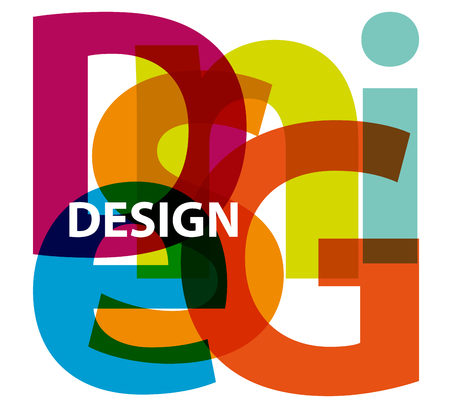Design Patent Applications
The Design Patent Application Process
The preparation of a design patent application and the conducting of the proceedings in the USPTO to obtain the patent is an undertaking requiring the knowledge of patent law and rules and Patent and Trademark Office practice and procedures. A patent attorney or agent specially trained in this field is best able to secure the greatest patent protection to which applicant is entitled. It would be prudent to seek the services of a registered patent attorney or agent. Representation, however, is not required. A knowledgeable applicant may successfully prosecute his or her own application. However, while persons not skilled in this work may obtain a patent in many cases, there is no assurance that the patent obtained would adequately protect the particular design.
Of primary importance in a design patent application is the drawing disclosure, which illustrates the design being claimed. Unlike a utility application, where the “claim” describes the invention in a lengthy written explanation, the claim in a design patent application protects the overall visual appearance of the design, “described” in the drawings. It is essential that the applicant present a set of drawings (or photographs) of the highest quality which conform to the rules and standards which are reproduced in this guide. Changes to these drawings after the application has been filed, may introduce new matter, which is not permitted by law (35 U.S.C. 132). It is in applicant’s best interest to ensure that the drawing disclosure is clear and complete prior to filing the application, since an incomplete or poorly prepared drawing may result in a fatally defective disclosure which cannot become a patent. It is recommended that applicant retain the services of a professional draftsperson who specializes in preparing design patent drawings. Examples of acceptable drawings and drawing disclosures are included in this Guide so that applicant will have some idea of what is required and can prepare the drawings accordingly.
Filing An Application
In addition to the drawing disclosure, certain other information is necessary. While no specific format is required, it is strongly suggested that applicant follow the formats presented to ensure that the application is complete.
When a complete design patent application, along with the appropriate filing fee, is received by the Office, it is assigned an Application Number and a Filing Date. A “Filing Receipt” containing this information is sent to the applicant. The application is then assigned to an examiner. Applications are examined in order of their filing date.
Examination
The actual “examination” entails checking for compliance with formalities, ensuring completeness of the drawing disclosure and a comparison of the claimed subject matter with the “prior art.” “Prior art” consists of issued patents and published materials. If the claimed subject matter is found to be patentable, the application will be “allowed,” and instructions will be provided to applicant for completing the process to permit issuance as a patent.
The examiner may reject the claim in the application if the disclosure cannot be understood or is incomplete, or if a reference or combination of references found in the prior art, shows the claimed design to be unpatentable. The examiner will then issue an Office action detailing the rejection and addressing the substantive matters which effect patentability.
This Office action may also contain suggestions by the examiner for amendments to the application. Applicant should keep this Office action for his or her files, and not send it back to the Office.
Source: USPTO.GOV
Leave a Reply
You must be logged in to post a comment.

